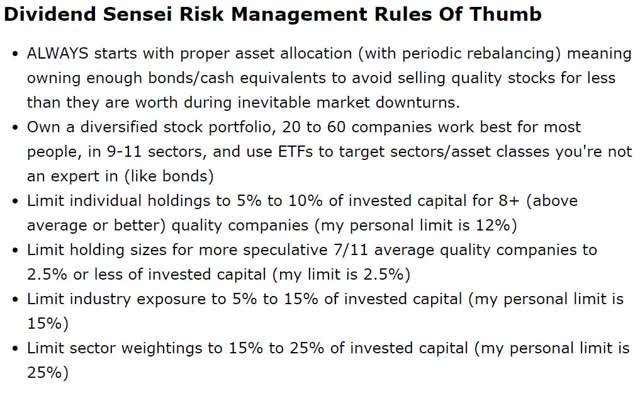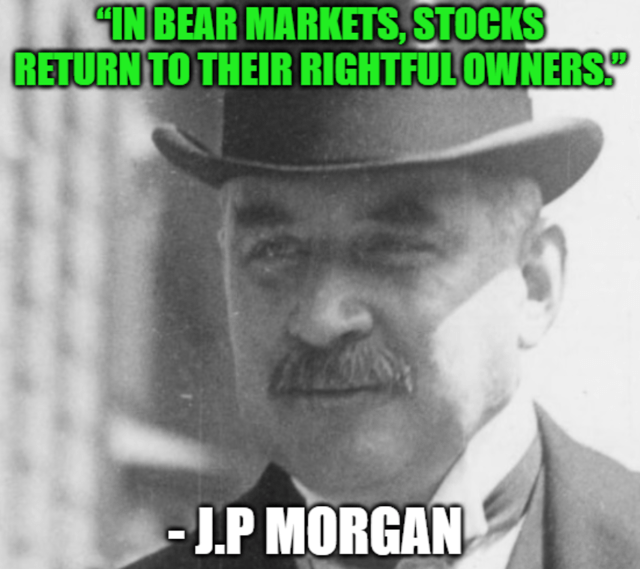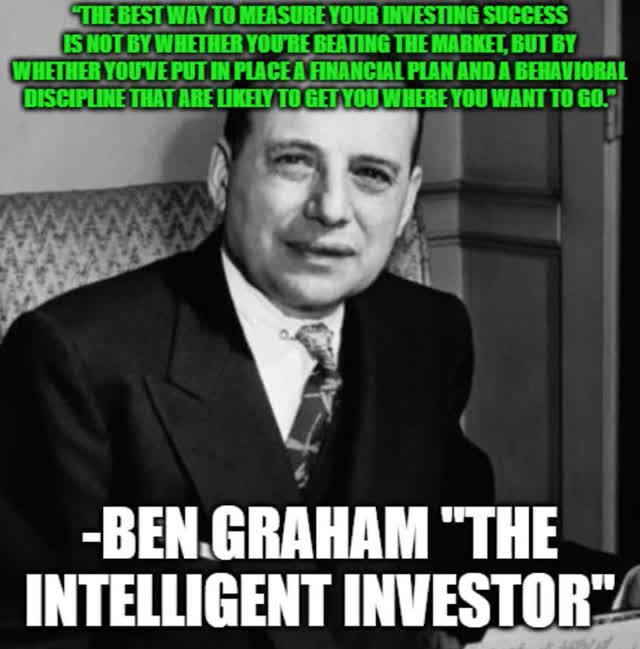POSTED ON APRIL 18, 2020, SATURDAY
WITH history as our guide, equity markets
always recover after panic selling, especially when it is triggered by events such as a war, a catastrophic event or a pandemic. Therefore, as far as investing planning is concerned,
the strategy is to stay invested if you are investing for a medium or long term financial goal.
Financial Times published an article earlier this year titled “Investors look to history for clues on market impact of coronavirus” and quoted the chief global market strategist of an international investment firm,
“Investors are looking back at previous epidemics in an effort to anticipate how badly the coronavirus outbreak could affect already shaky global markets. It is important that we don’t panic but really look to history as a guide.”
It also reported that JP Morgan has assessed the market impact of past outbreaks, notably
- SARS (November 2002 to July 2003),
- swine flu (March 2009 to August 2010),
- Ebola (December 2013 to June 2016) and
- the Zika virus (March 2015 to November 2016).
In each of those cases,
a sharp initial stock market decline quickly gave way to a recovery. Head of global and European equity strategy at JP Morgan in London, remarked, “The more equities fell initially, the more they subsequently rebounded.
These episodes did not lead to a prolonged period of selling and were a buying opportunity within weeks.”
Of course, we gather that this coronavirus called Covid-19, resembles SARS, with about 80 per cent of its genetic code similar to SARS. It spreads pretty much similar ways, and with similar symptoms. But
SARS seems to have a higher fatality rates.
At time of writing, Covid-19 pandemic is still unfolding and in some countries, its spreading has not peaked. Scientists are still trying to understand this new virus and there is a certain degree of uncertainty about how and when this pandemic will end.
Stay invested
Try not to switch out to lower risk/volatility fund if your
investment time horizon is medium (three to five years) to long term.
I have observed this phenomenon of investors reacting emotionally to market panic, and switching to low risk funds when the 2008 financial crisis hit.
Smart Investor magazine in its J
anuary 2009 edition, carried an article titled: “Investors Seek Low Risk Option” with the quote:
“During uncertain times, investors tend to flock towards cash or invest in structured, capital guaranteed funds, and in some cases money market funds” and also
“Out of 70 funds launched in year 2008, the bulk were capital protected funds.”
In 2008 and 2009, many fund houses launched low risk or even capital guaranteed funds to suit the risk-averse appetite of investors at that time.
The consequence?
Investors who reacted emotionally and switched to or got locked in to low risked funds actually missed the boat when market rebounded eventually.
Investors are allowed to be
worried about volatility, but it can be
managed intelligently by using the averaging strategy, either using cost averaging or value averaging.
Review and restructure your unit trust portfolio
Now the crucial thing for you to do is to engage a licensed financial adviser to
conduct a portfolio review on all the existing unit trust funds you have purchased, both cash or using your EPF.
This is to see if your portfolio is damaged or is still relevant in view of the present market conditions versus your investing objectives. At the same time, it is essential to
re-structure your portfolio so that you are in a
better position to take advantage of the rebound later.
Even though market analysts can’t agree whether the market recovery will be a V-shape, U-shaped or even L-shaped scenario, by re-structuring your fund portfolio, you can weight it more heavily on sectors, countries or regions which are more lightly to recover from the pandemic.
Countries which are aggressive on testing and with prudent Covid-19 strategy in place are more likely to recover faster.
Not all the sectors of the economy will be impacted negatively in a pandemic situation. In actual fact, certain sectors of the economy will do relatively well.
The other factor is of course how quickly a vaccine can be available to end the pandemic.
Governments of many countries in the world now have actually learnt well on how to handle the market panic caused by Covid-19 after the experience accumulated after the 2008 financial crisis.
We are seeing both
monetary and fiscal policy tools being rolled out aggressively by many governments at the same time when pandemic control measures are being announced.
The knowledge in virology now is definitely more advanced and authorities in various countries are acting more quickly this time around compared to 17 years ago when SARS erupted. And along the way, scientists have acquired more knowledge about ebola, MERS and other viruses that emerged since the time of SARS in 2003.
You can also see countries and citizens who had the previous SARS experience doing much better than those countries who have not learnt how to handle a SARS-like pandemic.
Meanwhile,
sophisticated and institutional investors are actually quietly picking oversold and undervalued stocks in time of panic selling now.
Stay invested. Be smart.
Dollar cost or value average to manage the downside risk. Market volatility will be there as the ugly numbers are not out yet.
Lee Khee Chuan ChFC, CLU, FLMI, B.A.. Lee is a chartered financial consultant, chartered life underwriter, fellow, life management institute and a CMSRL license holder, franchisee of Rockwills and Islamic estate planner with A-Salihin Trustee Bhd.
https://www.theborneopost.com/2020/04/18/investing-planning-in-the-midst-of-covid-19-pandemic/






